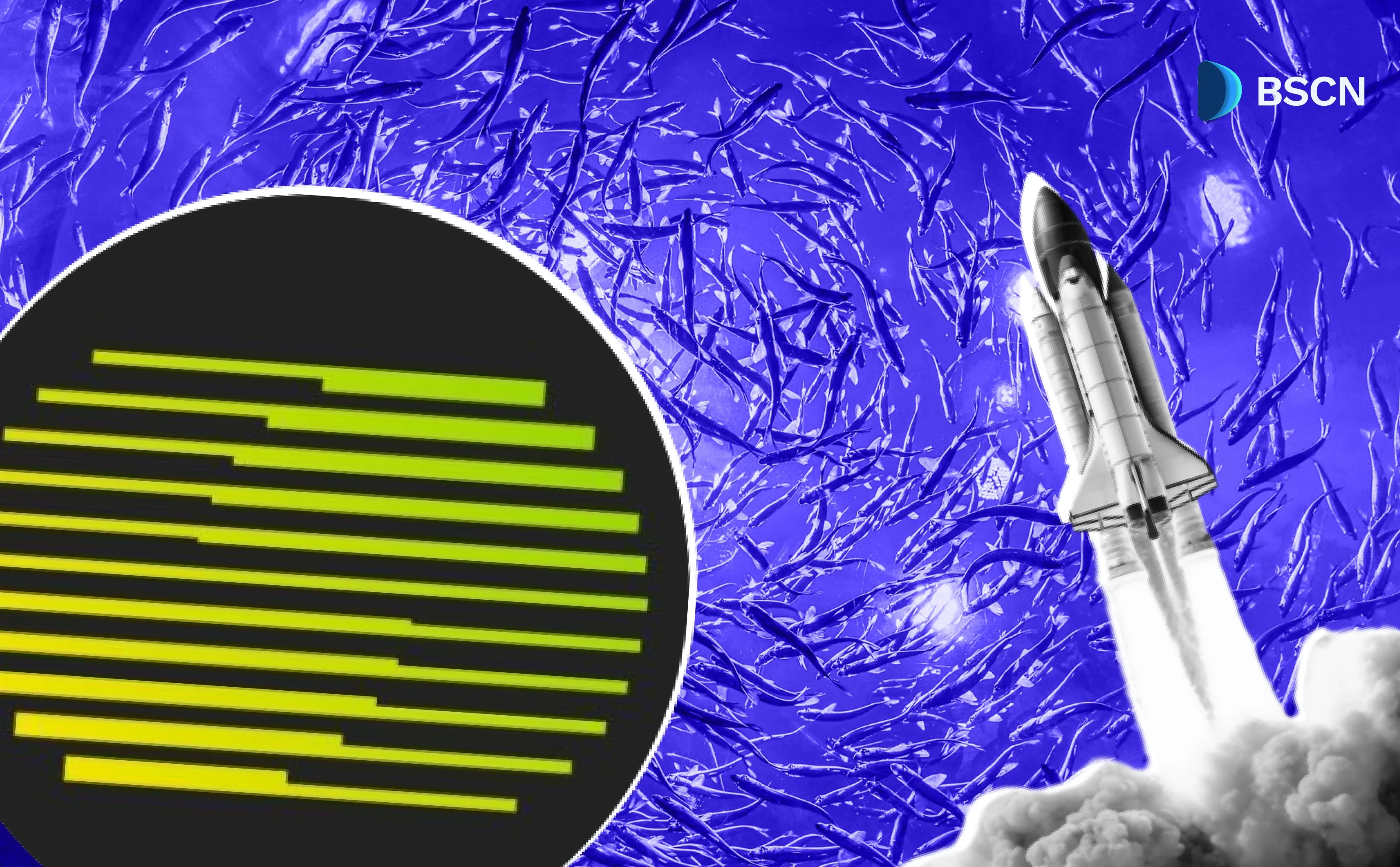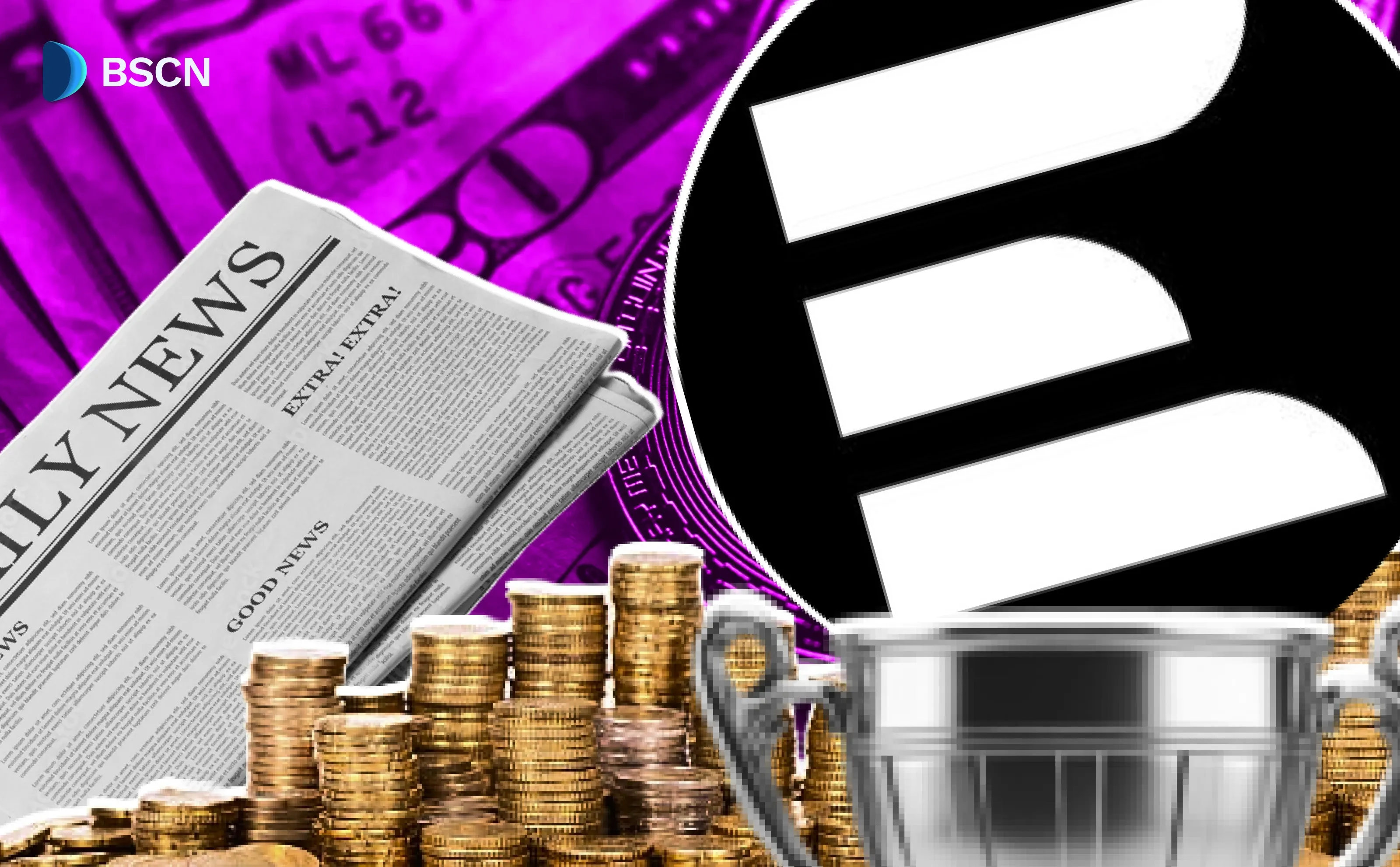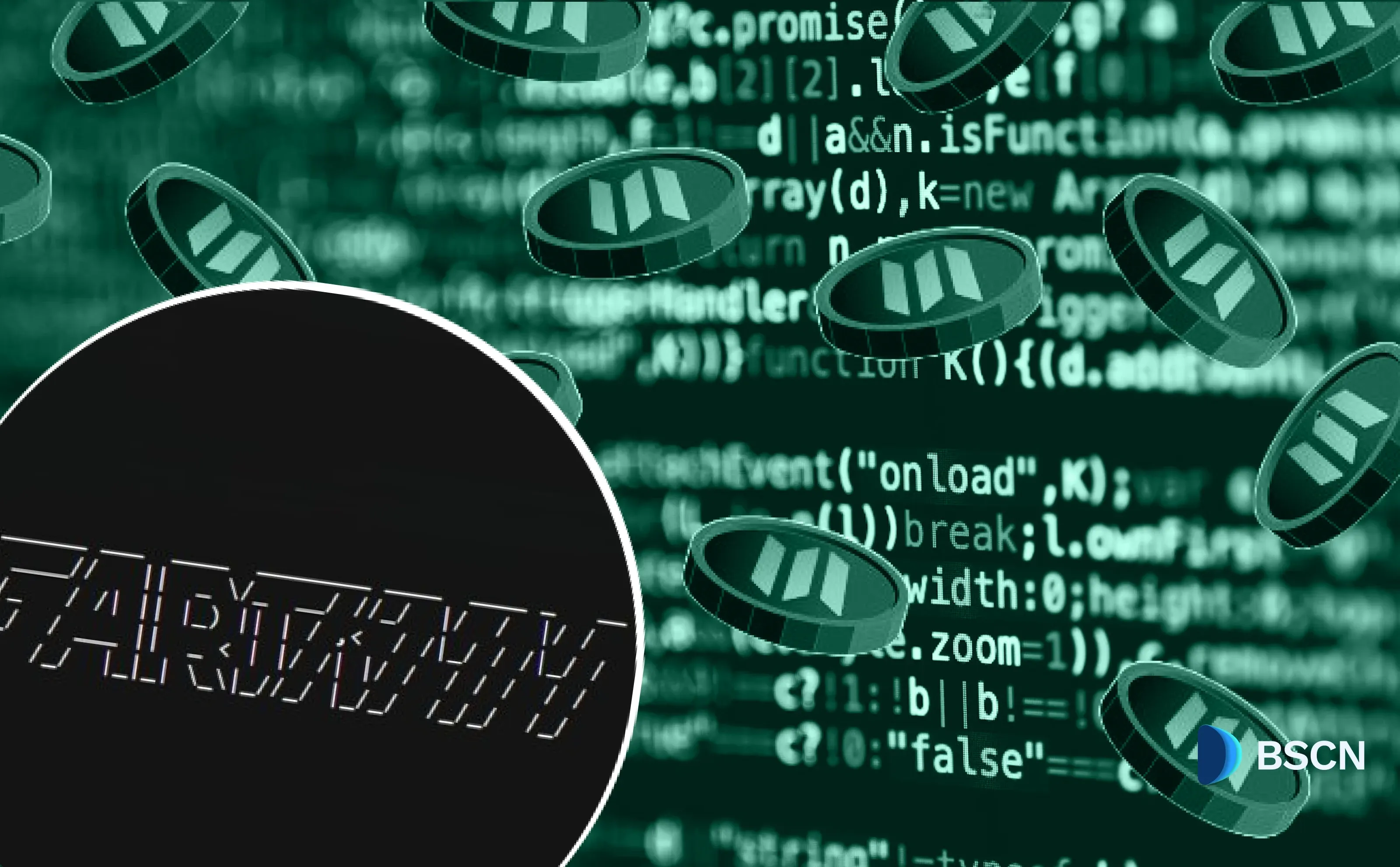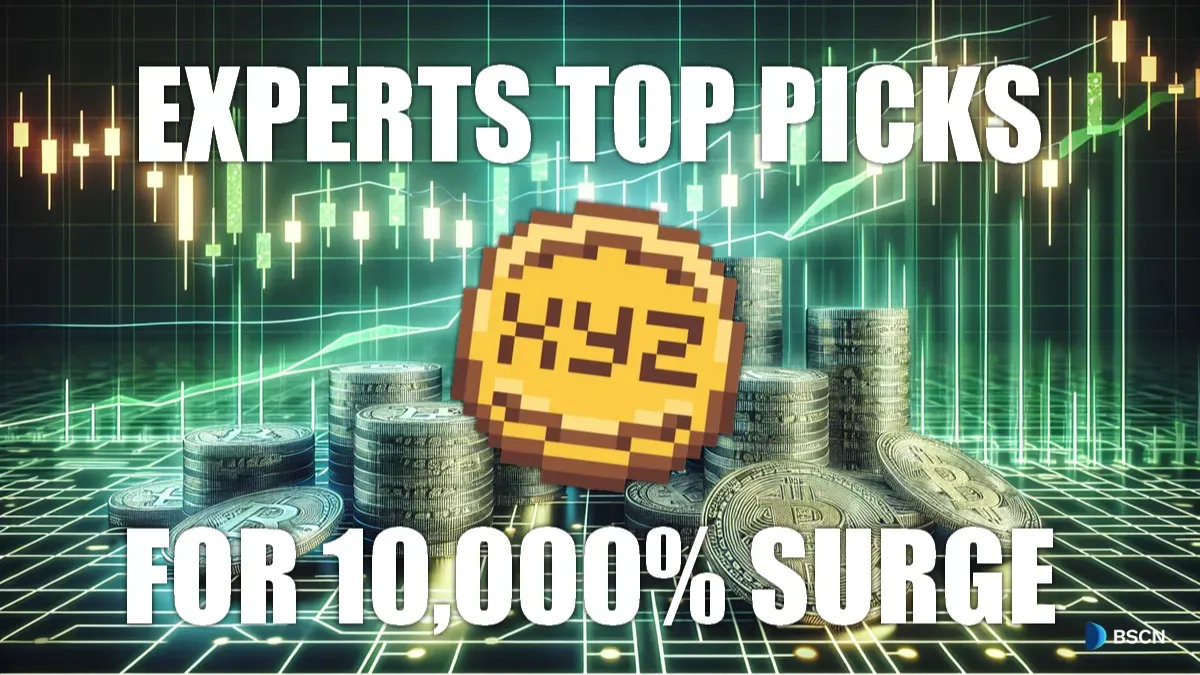Chainlink Weekly Roundup: Staking, Integrations, and Avalanche

Chainlink doubles down its industry-leading smart contract foundation and pushes the boundaries of what’s possible in Web3.
BSCN
June 10, 2022
Top Oracle Dog Raises the Bar
Chainlink is becoming the central infrastructure for the smart contract economy, having secured tens of billions of dollars across hundreds of projects. These past few days have been busy for Chainlink as it continues integrating protocols around the space and reimagines its network economics.
In this week’s roundup:
- Chainlink Economics 2.0 and staking usher in a new era of smart contract security.
- Apricot Finance and UPFI Network integrate Chainlink Price Feeds on Solana.
- Chainlink Keepers and Chainlink VRF go live on Avalanche.

Chainlink Introduces Staking
Chainlink Economics 2.0 and the introduction of staking are essential steps in the evolution of Chainlink. They aim to bring a new layer of security to its oracle services and incentivize more community members to participate in the network.
Some of the long-term staking goals include:
- Increase the crypto-economic security and user assurances of Chainlink services.
- Enable community participation in the chainlink network.
- Generate sustainable rewards from real long-term use.
- Empower node operators to access higher-value jobs by staking.
The team presented the new mechanism in a blog post published on June 7:
“While the initial implementation of Chainlink staking is designed to minimize risk for participants and create a strong foundation, the long-term goals revolve around scaling Chainlink into a global standard with a growing and sustainable user base, which in turn offers greater opportunity of rewards for stakers who increase the network’s cryptoeconomic security,” the post explains.

Chainlink staking will evolve over time, with the initial v0.1 release projected for later this year. The first release creates a simple and secure foundation, which will later expand with additional functionality and complexity based on usage and community feedback.
In v0.1, stakers can target a base level of annualized rewards of up to 5%. As the staking platform matures, rewards will vary based on user fees and the length of the commitment period.
Weekly Integrations
Apricot Finance
Apricot Finance announced it is integrating Chainlink Price Feeds to help support secure lending and borrowings. The Solana-based lending protocol will be using the leading oracle network to access fast and secure price data feeds.
The integration was revealed to BSC News by the Chainlink team via an exclusive press release.
“Chainlink Price Feeds are the industry standard, used by Web3’s top lending protocols. With a proven history of accuracy and reliability, it was a no-brainer for our team to use Price Feeds to help secure collateral calculations once they were live on Solana. Now, both lenders and borrowers can rest easy knowing the industry’s best price data is used to help calculate borrowers’ collateral and trigger liquidations,” shared Apricot’s team.

Chainlink Price Feeds have a proven history as a reliable decentralized infrastructure that eliminates single points of failure.
Web3 lending protocols like Apricot rely on overcollateralized loans to help lenders stay solvent. The integration supports the calculation of borrowers’ collateral rates to protect lenders' solvency and prevent faulty liquidations for borrowers.
UPFI Network
The integration with stablecoin protocol UPFI Network, another Solana project, will help maintain the peg of its part-collateralized part-algorithmic $UPFI.
“We’re excited to have integrated Chainlink Price Feeds. High-quality, tamper-proof price data is critical to helping us secure our UPFI stablecoin, and Chainlink is, without doubt, the best-in-class oracle network,” said Harry Nguyen, Founder of UPFI.

The winner of the Solana Season Hackathon in Vietnam also integrated Chainlink Price Feeds to fetch accurate USDC/USD exchange rates and deliver them on-chain — critical for maintaining both the peg and protocol solvency.
Expansion on Avalanche
Layer 1 blockchain Avalanche added Chainlink Keepers and Chainlink VRF, two automation services that simplify the overall DeFi experience. The move comes almost a year after Chainlink Price Feeds were integrated on Avalanche, giving developers access to high-quality price data to power their DeFi applications.
“The launch of Chainlink Keepers and Chainlink VRF is a fantastic milestone for Avalanche builders to simplify both the developer and user experiences while innovating in Dapp design and functionality,” said Emin Gün Sirer, Founder and CEO of Ava Labs. “The Avalanche Community is full of tireless builders, and their ability to rapidly build and ship applications at scale just became even easier."

Chainlink Keepers enables Avax devs to automate smart contract functions and build more advanced and feature-rich dApps.
Some possible implementations include:
- DEX limit order functionality
- Automating yield harvesting and compounding, s
- Starting or stopping blockchain games
- Dynamic NFTs
- DAO automation

Chainlink Verifiable Random Function, on the other hand, will help projects secure NFT minting, generate fair in-game outcomes, and randomly select governance participants for specific tasks.
For example, big Avalanche platforms like Trader Joe can use Chainlink’s VRF to help enable fair batch reveals on their NFT launchpad, improving gas efficiency, security, and transparency.
Follow BSC News as we chart the new and exciting Chainlink integrations from promising projects on a weekly basis.
What is Chainlink:
Chainlink is the industry standard for building, accessing, and selling oracle services needed to power hybrid smart contracts on any blockchain. Chainlink oracle networks provide smart contracts with a way to reliably connect to any external API and leverage secure off-chain computations for enabling feature-rich applications. Chainlink currently secures tens of billions of dollars across DeFi, insurance, gaming, and other major industries and offers global enterprises and leading data providers a universal gateway to all blockchains.
Where to find Chainlink:
Website | Twitter | Docs | Community
What is Apricot Finance:
Apricot Finance is a next-gen lending protocol built on Solana, providing first-class rates on idle assets, in addition to offering cross-margin leveraged farming — a first in decentralized finance. They also provide Apricot Assist, a configurable deleveraging tool to help our borrowers manage risk during market volatility.
Where to find Apricot Finance:
Website | Twitter | Discord | Telegram | Docs
What is UPFI Network:
UPFI is the first stablecoin protocol whose design principles create highly scalable, non-custodial, incredibly stable, fractional-algorithmic, and pure on-chain financials on Solana. It supports next-generation payment networks on the blockchain.
UPFI utilizes a stablecoin, which is partially collateralized and algorithmically stabilized. It only requires a portion of the capital to mint, denominated in other stable assets. The remainder is denominated in a volatile asset as collateral. This generates both a natural demand and a value capture for the volatile asset.
UPFI aims to replace fixed-supply digital assets by bridging the gap between digital currencies and real-world applications with transaction costs of almost zero.
Where to find UPFI:
Website | Twitter | Discord | Telegram | Docs
What is Avalanche:
Avalanche claims to be the fastest smart contracts platform in the blockchain industry, as measured by time-to-finality. Any smart contract-enabled application can allegedly outperform its competition by deploying on Avalanche.
Where to find Avalanche:
Don’t forget to download the BSC News mobile application on iOS and Android to keep up with all the latest news for BNB Chain and crypto!
Follow us on Twitter and Instagram!
For those looking for tools and strategies regarding safety and crypto education, be sure to check out the Tutorials, Cryptonomics Explainers, and Trading Tool Kits from BSC News.
Check out the Web3Wire Linktree to keep up with all relevant Web3 and Crypto!
Latest News
Crypto Project & Token Reviews
Project & Token Reviews
Comprehensive reviews of crypto's most interesting projects and assets
Learn about the hottest projects & tokens








